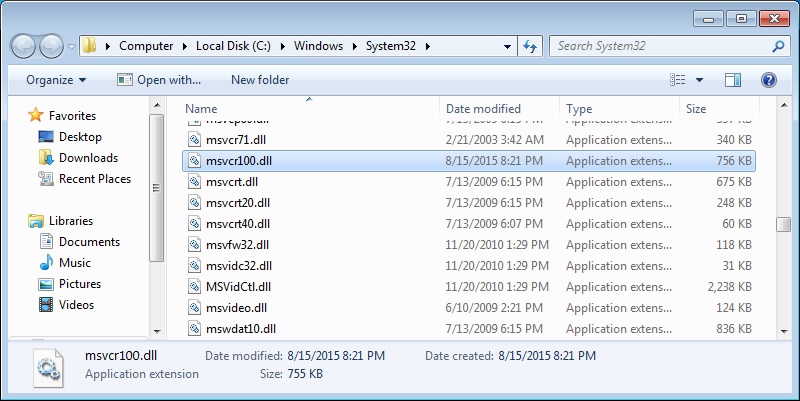

Browse the Run interface and your organization's private registry to confirm your application functions as expected. Run Terraform plan and applies through the system (and any other tests specific to your environment) like you did to validate the application in Step 3.Ĭonfirm the general functionality of the Terraform Enterprise UI to validate the tokens you added in Step 2 are set correctly. »Validate Applicationįinally, confirm the application is functioning as expected when running multiple nodes. Note: Each node needs to be checked independently. To confirm the successful implementation of the TFE application you can SSH onto the node and run the following command to monitor the installation directly: You can monitor the status of the node provisioning by watching your auto scaling group in your cloud’s web console. It can take up to 15 minutes for the node to provision and the TFE application to be installed and respond as healthy. »Wait for Terraform Enterprise to Install Once terminated, you can scale back up to one instance using your revised configuration. Terminate the existing instance by scaling down to zero. »Re-provision Terraform Enterprise Instance Once you are prepared to include the modified configuration options in your configuration files, you must connect a single node to your newly provisioned Redis service by rebuilding your node instance with the new settings. These values are no longer required but will still work if they are still set by your configuration. Note: In versions prior to v202104-1 the following values were also required to be set: install_id, root_secret, user_token, cookie_hash, archivist_token, internal_api_token, registry_session_secret_key (HEX), and registry_session_encryption_key (HEX). Terraform Enterprise does not support Redis Cluster, but does support Redis Sentinel for failover with active/passive deployments. Terraform Enterprise is validated to work with the managed Redis services from AWS, Azure, and GCP.

First, the nodes need to be able to spin up and down without human intervention. The requirement for automation is two-fold. Note: The location for the latter is controlled by the "ImportSettingsFrom" setting in /etc/nf and is sometimes named settings.json or nf /etc/ptfe-settings.json - contains the configuration for the TFE application.

/etc/nf - contains the configuration for the Replicated installer.Specifically, you should be using the following configuration files: it cannot have been altered via the Replicated Admin Console and not synced to the file.

The application itself must be using External Services mode to connect to an external PostgreSQL database and object storage.Īll admin and application configuration must be automated via your settings files and current with running configuration, i.e. You must also reduce the available servers to one server for upgrades, maintenance, and support. While auto-scaling groups are not available via native vCenter options, you must still configure a fully automated deployment. This documentation does not cover that setup. Note: Active/Active installations on VMware infrastructure also require you to configure a Load Balancer to route traffic across the Terraform Enterprise servers.


 0 kommentar(er)
0 kommentar(er)
